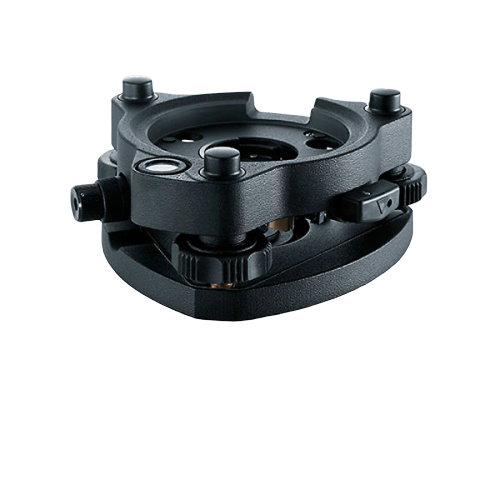
Leica GDF302 tripod with optical plumb line
Shipping
1-3 days delivery
Leica GDF302 tripod with optical plumb
Just like a tripod, tripod stability is an important factor when it comes to measurement accuracy. Torsional rigidity, the most important characteristic of a tripod, is continuously checked and tested during manufacturing. The maintenance-free foot screws on the Leica Geosystems tripod always provide a smooth movement without play, even after many years of use. The support surface of the tripods perfectly matches the base of any instrument and provides extremely accurate forced centering. The robust construction of the optical plumb line essentially eliminates the need for adjustment throughout the life of the tripod. The construction is designed to function reliably even in extreme temperatures and in humid and dusty conditions.
The torsional stiffness of the original
The tripod's torsional stiffness, or hysteresis, is a measure of how accurately it returns to its starting position when the instrument has stopped. This hysteresis is a relative movement between the top plate and the base of a tripod. The movement occurs when a TPS instrument rotates. The torsional stiffness has a direct influence on the angular accuracy of the instrument, which in this case is very high. Optimizing the hysteresis that Leica Geosystems has done is a complex process that requires the highest precision: a movement of the upper plate to the lower plate of 0.3 um corresponds to an angular error of 1". Motorized instruments with high acceleration and braking force in particular require tripods with very high torsional stiffness.
The ideal tripod for your instruments
All original tripods meet Leica Geosystems' strict specifications and quality standards. Your choice of tripod should be based on your individual requirements for accuracy.
Professional 5000: Hysteresis: maximum 1" (0.3 mgon) or better.
Professional 3000: Hysteresis: maximum 3" (1.0 mgon)
Professional 1000: Hysteresis: maximum 5" (1.5 mgon)
